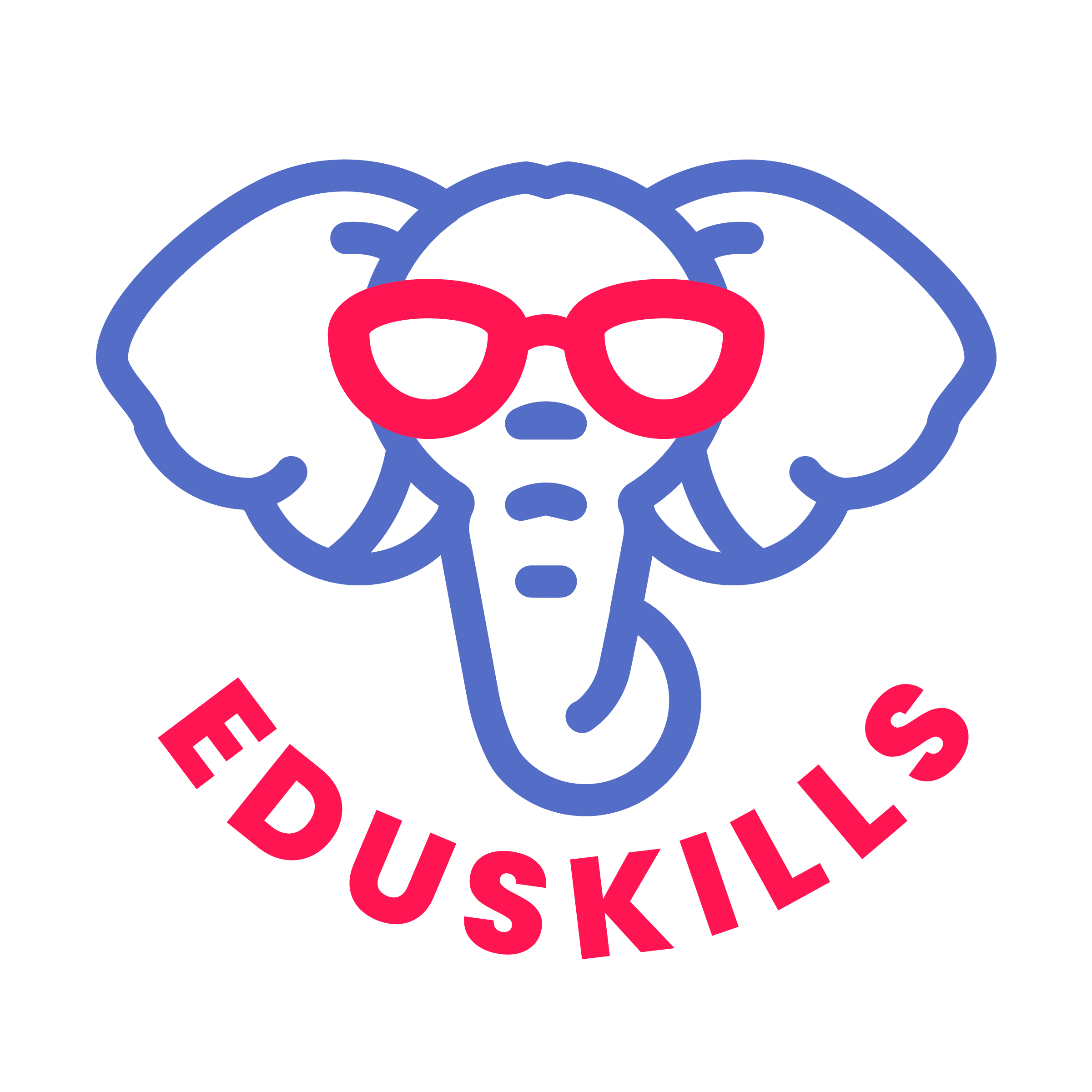If you’ve ever had a newcomer in your class, chances are you’ve asked yourself one, if not all, of these questions.
- How do I communicate with my student when neither of us speaks the other language?
- How do I enable interaction and participation with a student who has no proficiency in English?
- How can I make my instruction meaningful if the student does not yet understand what is being said?
Many times, EL teachers can feel stuck or at a loss when considering how to best teach and meet their newcomer’s needs. Questions like the ones stated above are left unanswered. With a simple shift of focus, these questions can not only be answered but proactively addressed. This shift of focus requires an asset-based lens.
We often hear the term asset-based in reference to effective EL instruction, but do we know what it means? The word asset is the opposite of the word deficit. When trying to meet a need, without realizing it, we can become hyper-focused on just the need itself. This becomes a deficit-based focus that causes us to “hit a wall” because we are only focusing on what the student doesn’t have.
By shifting from a deficit-based focus (what the student lacks) to an asset-based focus (what the student brings), these challenges can be tackled effectively.
Let’s highlight students’ existing assets and how they can provide practical solutions to these hard questions.
How do I communicate with my student when neither of us speaks the other’s language?
Student Assets: Communication and Cognition
When we think of communication, we often stop at the words spoken. Communication, however, encompasses far more than just words exchanged. General tone, expression, body language, and visual representations all serve as powerful agents when conveying meaning and enabling understanding. What’s more, a large majority of these are all understood and used across languages.
Your student may not speak the same language you speak, but they do have these communicative abilities established. Students have existing cognition when it comes to inferring, making connections, and drawing conclusions in their home language. These pre-established abilities also apply to English. Your students’ communicative skills and established cognition can be leveraged, providing teachers with multiple creative avenues, for communication, across subject content.
Teachers can:
- Intentionally emphasize tone, expression, and body language when teaching key vocabulary words or skills.
- Purposefully incorporate visuals, gestures, and manipulatives to reinforce meaning in subject content.
- Provide hands-on, concrete activities across subjects and focus skills that reinforce instruction.
How do I enable interaction and participation with a student who has no proficiency in English?
Student Assets: Cultural Awareness and Adaptability
Newcomer students not only bring a richness of their own culture to the classroom but also an acute awareness and flexibility in adapting to a new and different one. This skill of adaptability is one they often develop subconsciously, based on the sheer need to coexist in different spaces and norms.
Your student’s willingness and ability to adapt and flow between different norms is a commendable asset, ready to be leveraged. Nevertheless, without explicit instruction, this asset can become an opportunity missed. Classroom cultural norms often turn into unspoken expectations. Teacher-student interaction and participation are not communicated but simply expected. This becomes a problem when considering the reality that many newcomer students are unfamiliar with this assumption or its expectations.
Teachers need to be aware of not only their students’ culture but their own. For example, many classrooms’ cultural norms outside the US tend to be more formal and teacher-centered vs student-centered. An expected interaction might be allowing and expecting dialogue to be teacher-driven with minimal student input. In the US, typical classroom culture tends to be more informal and student-centered. An expected interaction might be more student-driven in response to minimal teacher prompts. These cultural norms, in addition to your student not yet speaking the English language, influence your student’s reactions, or lack thereof, when engaging with them. Being aware of this empowers teachers by reminding them that interaction and participation must be taught; they cannot simply be expected.
When teachers cultivate their students’ assets, such as flexibility and adaptability, through intentional teaching and modeling, they can better equip their students to be comfortable in knowing what is expected. Once this happens, students are enabled to begin to engage in dialogue and participation in the English language.
Teachers can:
- Reflect on your own classroom cultural norms. Ask: Am I expecting interaction based on my cultural norms or the students?
- Begin enabling participation that is not language-specific by teaching and modeling:
- Start with nonverbal responses (for example, thumbs up/thumbs down).
- Ease students into participation. Once they are equipped and comfortable expressing themselves with nonverbal responses and cues, move to one-word answers (yes/no), then simple sentences, and so on.
- Be mindful of questions asked to students. Ensure teacher questions are not open-ended but short and concise with clear and simple vocabulary. This ensures that questions can be easily and simply answered.
How can I make my instruction meaningful if the student does not yet understand what is being said?
Student Assets: Experiences and Values
Newcomer students bring previous experiences and existing values to the English learning space. Due to a lack of initial proficiency in English, these assets can often be overlooked or never shared. Students’ experiences, values, and interests give and provide them with purpose when learning.
Attempting to learn about your newcomer’s culture or to speak a word or two in their language goes a long way. This is particularly true because your student is constantly doing that for you.It can be discouraging and exhausting when students constantly use all of their resources to learn the values and language of the classroom without receiving any reciprocation in return.When students feel that teachers are also giving what they are taking, relationships can be formed, trust enabled, and purpose for learning applied.
Awareness of students’ experiences and what they value, applied in instruction and interactions, provides students with meaningful experiences as they continue in their English learning journey.
Teachers can:
- Be intentional in noticing students’ interests and prior knowledge
- Learn and use simple words from the student’s home language.
- Include or highlight elements of the student’s interest or culture in subject content when possible.
- Allow students to use their language when learning new English skills or alongside English content required for projects or assignments
- Ask positive, encouraging yes/no questions about student’s experiences, interests, and culture to build trust.
Final Thoughts
An asset-based approach not only creates avenues for success but can also transform classrooms into places where newcomer students can thrive.
As you serve your newcomer students and seek to connect with them, keep these essentials in mind:
- Communication and cognition are universal — not language-specific
- Participation and interaction must be taught, not expected
- Meaningful instruction is dependent on intentional reciprocation




